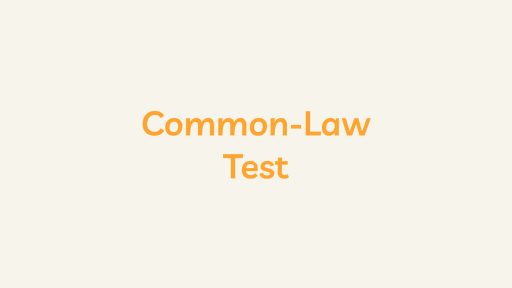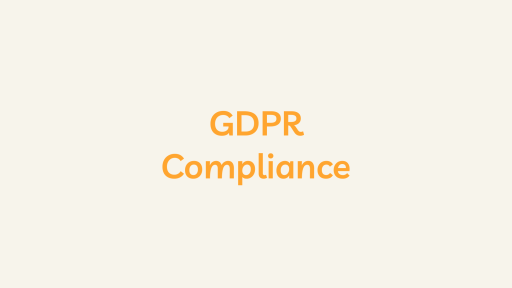What is the Social Security Administration?
The Social Security Administration (SSA) is a cornerstone of the United States’ social safety net, tasked with administering various social insurance programs and services. Its overarching mission is to provide financial support to individuals and families during key life events such as retirement, disability, and the loss of a family provider. Understanding the key components of the SSA and its programs is crucial for individuals navigating the intricacies of social security benefits.
Key Aspects of the Social Security Administration
- Program Administration:
- At the heart of the SSA’s mission is administering key social insurance programs, each tailored to address specific life circumstances. These include Social Security Retirement Benefits, Social Security Disability Insurance (SSDI), Supplemental Security Income (SSI), and Survivor Benefits.
- Retirement Benefits:
- Social Security Retirement Benefits serve as a financial cushion for individuals who have reached the age of eligibility for retirement. The benefit amount is determined by factors such as the individual’s work history and contributions to the Social Security system over their career.
- Disability Insurance:
- SSDI is designed to support individuals with disabilities that prevent them from working. Eligibility is contingent on an individual’s work history and the severity of their disability, ensuring that those who have contributed to the system receive assistance.
- Supplemental Security Income:
- SSI, a needs-based program, extends financial assistance to aged, blind, or disabled individuals with limited income and resources. Unlike SSDI, SSI eligibility is not solely linked to an individual’s work history.
- Survivor Benefits:
- Survivor benefits are a lifeline for family members left behind after the death of a worker covered by Social Security. Spouses, children, and, in certain cases, dependent parents can receive financial support through this program.
- Social Security Numbers (SSNs):
- The SSA issues Social Security Numbers (SSNs), unique identifiers crucial for various purposes. SSNs are used in tax reporting, employment verification, and accessing Social Security benefits. They are issued to U.S. citizens, permanent residents, and certain authorized non-citizens.
- Online Services:
- Recognizing the importance of digital accessibility, the SSA provides various online services. Individuals can apply for benefits, check claims status, estimate future benefits, and conveniently manage their Social Security accounts through the SSA’s online portal.
- Field Offices:
- The SSA operates a network of field offices nationwide, providing in-person assistance to individuals. These offices serve as valuable resources for those seeking guidance on benefit applications, replacement of Social Security cards, and addressing account-related concerns.
- Educational Outreach:
- Educational outreach is a key component of the SSA’s efforts to inform the public. The agency disseminates educational materials, conducts outreach programs, and strives to empower individuals with the knowledge needed to make informed decisions about their Social Security benefits.
- Budget and Funding:
- The SSA’s financial health is closely tied to payroll taxes collected from workers and employers. As a self-funded agency, its budget is influenced by economic and demographic trends, reflecting the financial contributions of the U.S. workforce.
Conclusion
Understanding the intricacies of the SSA and its programs empowers individuals to make informed decisions about their financial well-being, plan for retirement, and navigate life events that may impact their eligibility for social security benefits. The agency’s commitment to providing support, both online and through field offices, underscores its role as a vital resource for millions of Americans.





